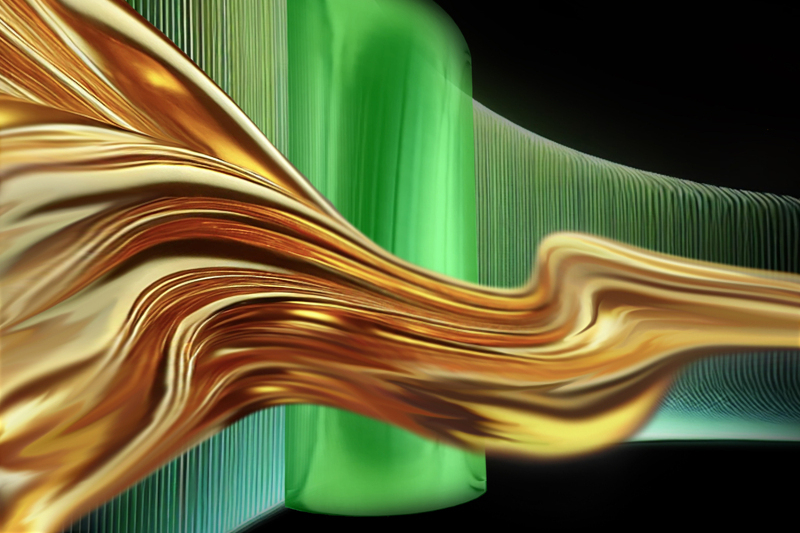Scientists at the Massachusetts Institute of Technology (USA) have transferred atoms to an exotic “boundary state” in which they move freely without friction. The research project could play a big role in creating superconducting materials.

Image source: news.mit.edu
Moving through various substances, electrons encounter resistance of different levels. In insulators, the movement of electrons is absent or insignificant, in semiconductors it occurs only partially, in conductors it occurs to a significant extent, and in superconductors the movement occurs without any resistance at all. In theory, superconducting materials could be used for high-speed data and energy transfer, and the strong electromagnetic field they create would be useful in levitating high-speed transport.
Studying the movement of electrons is a difficult task because these particles are extremely small and move very quickly. Therefore, as part of a research project, American scientists forced larger and slower atoms to behave in a similar way. They studied superconductivity in “edge states.” In some materials, electrons can only move unhindered in certain areas – when obstacles appear in their path, the electrons bend around them rather than bounce off. When applied to electrons, such states last only femtoseconds (quadrillionths of a second) and are limited to distances of fractions of a nanometer, making measurements under such conditions very difficult.
To overcome this problem, American scientists have built a facility where the same physics works at the atomic level in areas of several microns for a duration of several milliseconds. To do this, they placed about a million sodium atoms in a laser trap at a temperature close to absolute zero and began to quickly rotate them in a circle. Under such conditions, the trap pulls the atoms in, and the centrifugal force pushes them out—at the atomic level, we get a kind of flat world that actually rotates. And there is a third force – the Coriolis force, which deflects atoms when moving in a straight line. As a result, large particles begin to behave like electrons in a magnetic field.
After this, the scientists established a boundary – a ring of laser light around the outside of the area. Touching this ring, the atoms “stuck” to it, moving freely along the boundary in one direction. Next, the scientists installed several obstacles in the system – they sent several light points into the laser ring, but the atoms did not bounce off the obstacle, but began to bend around it. This movement of atoms corresponds to the behavior of electrons in the “boundary state”, but at the level of larger particles this process could be observed for the first time directly. Researchers will be able to use this model to test new theories to learn more about the physics of superconductors, introducing new obstacles into the system and introducing interactions whose consequences are currently unknown.